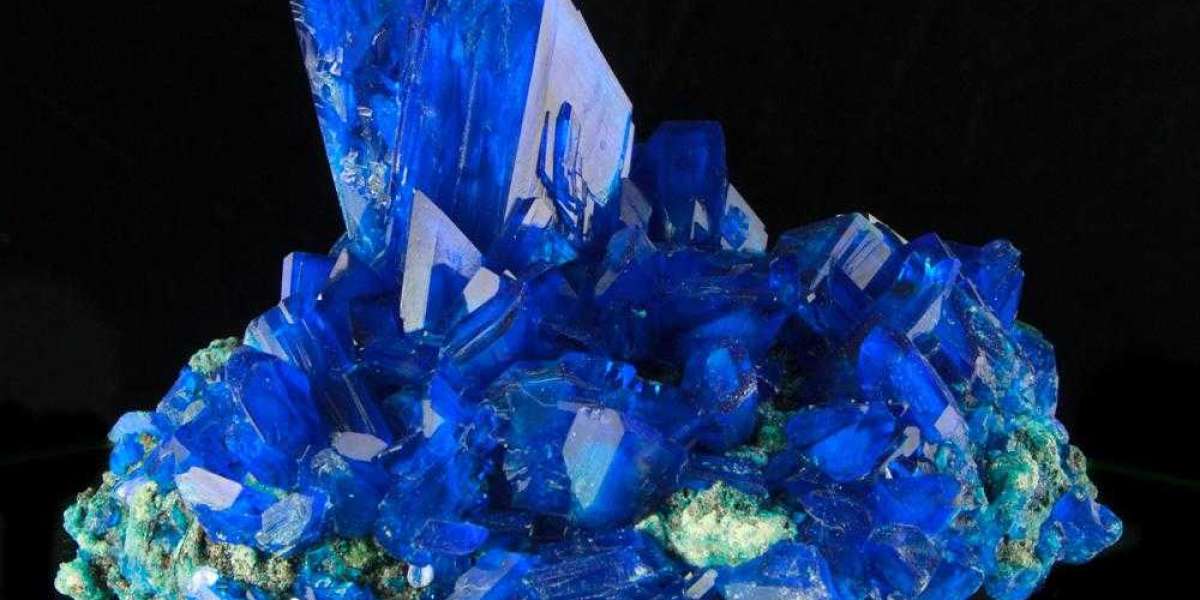Introduction to Topaz and Quartz
Topaz and quartz are two of the most sought-after gemstones in the world, each possessing unique properties that make them highly desirable for various applications, including jewelry and industrial uses. While both are silicate minerals, they differ significantly in composition, hardness, and appearance. Understanding their characteristics and distinctions helps collectors, jewelers, and enthusiasts appreciate their true value.
Geological Formation and Composition
Topaz: A Precious Silicate Mineral
Topaz is an aluminum fluorosilicate mineral (Al₂SiO₄(F,OH)₂) that forms in granitic pegmatites and hydrothermal veins. Its crystalline structure allows for remarkable transparency and brilliance, making it a favored gemstone. The presence of fluorine is a key factor in topaz formation, giving it its distinct hardness and durability.
Quartz: The Most Abundant Mineral
Quartz, in contrast, is composed of silicon dioxide (SiO₂) and is found abundantly in the Earth's crust. It forms in various environments, including igneous, metamorphic, and sedimentary rocks. Its widespread availability and diverse range of colors and varieties make it one of the most versatile minerals in existence.
Physical and Optical Properties
Hardness and Durability
One of the primary differences between topaz and quartz is their hardness on the Mohs scale:
- Topaz ranks at 8, making it one of the hardest naturally occurring minerals. It is highly resistant to scratching, which enhances its desirability for use in fine jewelry.
- Quartz ranks at 7, meaning it is relatively durable but more prone to scratches compared to topaz.
Color Variations
Both topaz and quartz exhibit a wide array of colors due to impurities and irradiation:
- Topaz: Natural topaz appears colorless, but trace elements can cause hues ranging from blue, yellow, pink, and golden brown to the highly coveted imperial topaz.
- Quartz: Quartz has a vast color spectrum, including amethyst (purple), citrine (yellow), smoky quartz (brown), and rose quartz (pink). Its variations often result from natural radiation and the presence of iron or aluminum.
Crystal Structure and Cleavage
Topaz forms in orthorhombic crystal systems, often presenting elongated prismatic crystals with perfect basal cleavage. This means topaz can break easily along specific planes. Quartz, on the other hand, crystallizes in the hexagonal system and lacks cleavage, making it more resistant to breaking but prone to conchoidal fracturing.
Uses and Applications
Jewelry and Gemstone Industry
Both topaz and quartz are widely used in jewelry due to their beauty and availability. Topaz is highly valued for its brilliance and hardness, often used in engagement rings, earrings, and pendants. Quartz, while slightly softer, is also popular, especially in amethyst and citrine jewelry.
Industrial Applications
Beyond their aesthetic appeal, both minerals have significant industrial uses:
- Topaz: Used as an abrasive and in ceramic materials due to its hardness.
- Quartz: Extensively utilized in electronics, timepieces (quartz watches), glassmaking, and telecommunications because of its piezoelectric properties.
Identification and Distinguishing Factors
For gem enthusiasts and jewelers, distinguishing between topaz and quartz is crucial to avoid misidentification. Some key methods include:
- Refractive Index (RI): Topaz has a higher RI (1.61–1.64) compared to quartz (1.54–1.55).
- Hardness Test: Using Mohs hardness picks, topaz will scratch quartz, confirming its greater hardness.
- Cleavage Examination: The presence of basal cleavage in topaz differentiates it from quartz, which fractures conchoidally.
Value and Rarity
Topaz: A Gem of Elegance
Topaz is rarer than quartz and is often more valuable, particularly imperial topaz and natural pink or blue topaz. The rarity and intensity of color contribute to its price, with untreated stones fetching premium prices.
Quartz: Abundant but Still Valuable
Although quartz is one of the most common minerals, certain varieties like amethyst and citrine can still be valuable, especially if they exhibit deep, vivid colors with excellent clarity. Natural, untreated quartz gems are always more sought-after than heat-treated or synthetic versions.
Caring for Topaz and Quartz Jewelry
To maintain the beauty of topaz and quartz gemstones, proper care is essential:
- Topaz: Due to its cleavage, topaz should be handled carefully to prevent chipping. Avoid exposure to high heat and sudden temperature changes.
- Quartz: Being slightly softer, quartz requires gentle cleaning with a soft cloth and mild detergent to avoid surface scratches.
Conclusion: Choosing Between Topaz and Quartz
Both topaz and quartz offer remarkable beauty and utility, making them indispensable in the gemstone world. Topaz is the better option for durability and brilliance, while quartz is prized for its affordability and diversity of colors. Understanding their differences allows buyers to make informed decisions, whether for jewelry, collections, or industrial purposes.
